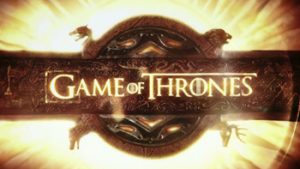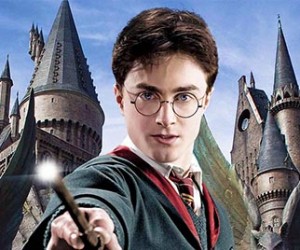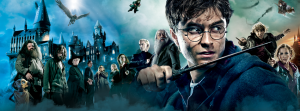Around this time of year a person might find his or her thoughts turning to a well-known literary character whose ultimate redemption holds hope for even the most hard-hearted of individuals.
I am speaking, of course, of the Grinch.
In the first sentence of How the Grinch Stole Christmas (by Dr. Seuss), we are introduced to the villain of the piece.
Every Who
Down in Who-ville liked Christmas a lot …
But the Grinch,
Who lived just north of Who-ville,
Did NOT.
That’s terrible, we think. Who doesn’t like Christmas? A few sentences later, though, we are given the probable reason for the Grinch’s dislike. His heart, you see, is two sizes too small. Suddenly, the Grinch is a tiny bit sympathetic, and we sort-of understand when he declares,
“Why, for fifty-three years I’ve put up with it now!
“I MUST stop this Christmas from coming!
… But, HOW?”’
This is the inciting incident. The Grinch thinks Christmas means noisy toys and feasting and singing, so how does he stop all this from happening? The Grinch comes up with a plan, a “great, grinchy trick,” and puts it into action. In other words, his journey begins.
He begins by making a Santa Clause hat and coat. (He foregoes the snowy-white beard, though. Maybe it itches.) Then he decides 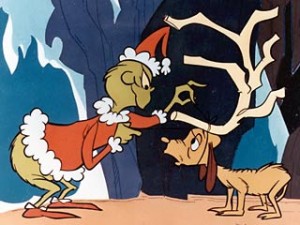 he needs a reindeer to complete his St. Nick impersonation. For this he enlists his tiny dog, Max. The Grinch ties a horn on top of Max’s head, thereby changing the dog from a mere pet to a minion: Max will be aiding the Grinch by pulling his sled.
he needs a reindeer to complete his St. Nick impersonation. For this he enlists his tiny dog, Max. The Grinch ties a horn on top of Max’s head, thereby changing the dog from a mere pet to a minion: Max will be aiding the Grinch by pulling his sled.
The plan starts well. The Grinch has Max pull the sled into Who-ville and proceeds to steal everything from the first house he sees. The only obstacle that presents itself to the Grinch comes in the shape of a child who has woken up to get a glass of water. When she asks why he is taking the Christmas tree, he placates her with a lie and sends her back to bed. The Grinch continues to ransack the village until all the presents, all the decorations, and all the food for the feast is packed into bags, loaded precariously on the sled, and pulled:
Three thousand feet up! Up the side of Mt. Crumpet,
He rode with his load to the tiptop to dump it.
(You’ve really got to be feeling sorry for Max at this point.)
The Grinch gloats. He’s won! Christmas can’t come, now. Everything is gone and the Whos will all be crying. He pauses to savor his victory and puts his hand to his ear to listen.
And he did hear a sound rising over the snow.
It started in low. Then it started to grow…
But the sound wasn’t sad!
Why, this sound sounded merry!
It couldn’t be so!
But it WAS merry! VERY!
In the hero’s journey, there comes a point where he or she must “enter the cave.” This is the ultimate low point in the story. The hero is alone, either physically or emotionally. Everything he or she has been working for is crumbling and the antagonist has triumphed; the hero is, actually or metaphorically, dead.
This is the Grinch’s cave. This is where he realizes he’s failed.
He HADN’T stopped Christmas from coming.
IT CAME!
Somehow or other, it came just the same.
But How the Grinch Stole Christmas is a hero’s journey, not a morality tale. For all villains, unless they are true psychopaths (which is a medical condition), the cave offers a final chance to redeem themselves. When their defenses have been beaten and they are no longer fighting but only trying to understand why they failed, their hearts can be touched with a little thing called grace.
Then the Grinch though of something he hadn’t before!
“Maybe Christmas,” he thought, “doesn’t come from a store.
“Maybe Christmas … perhaps … means a little bit more!”
That was the elixir the Grinch found in his cave, the piece of him that was missing. He realized that material things don’t bring happiness. Simply being together with those we love is reason enough to sing.
Well … in Who-ville they say
That the Grinch’s small heart
Grew three sizes that day.
With this new understanding and (we hope) love in his heart, the Grinch completes his hero’s journey by returning everything he has taken from the Whos and sharing in their celebratory feast.
Merry Christmas everyone.
– – – – – – – – – – – –
Suzanne Lucero is a wife, mother, and pre-published author who knows a little about a lot of things and is constantly learning more. She is passionate about writing and is determined to publish her novel-in-progress within 5 years.
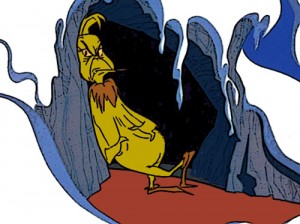
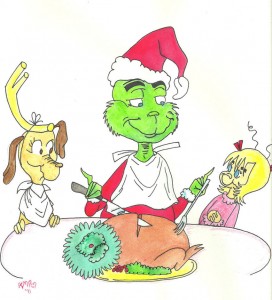
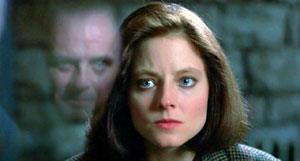

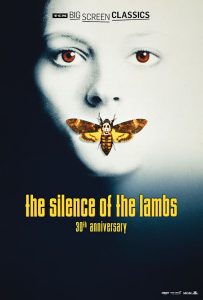
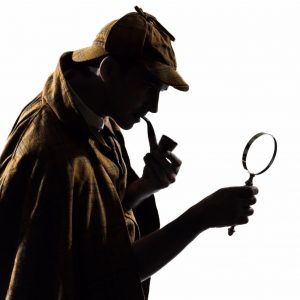
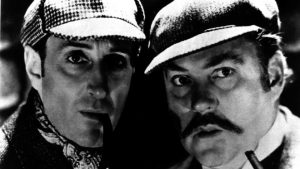
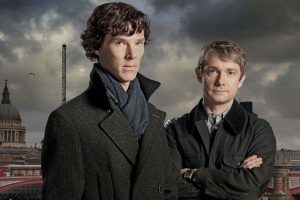

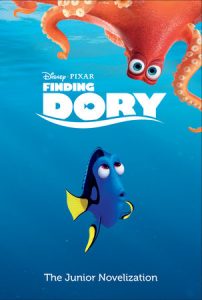
 By Scott T. Allison
By Scott T. Allison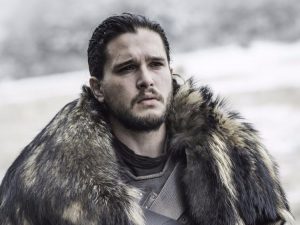 lovable coward whom everyone dismisses but he evolves into a brave and stalwart member of the night’s watch. Daenerys Targaryen is, at the outset of Game of Thrones, mere breeding stock for the Dothrakis yet she emerges as the most powerful ruler of the seven kingdoms.
lovable coward whom everyone dismisses but he evolves into a brave and stalwart member of the night’s watch. Daenerys Targaryen is, at the outset of Game of Thrones, mere breeding stock for the Dothrakis yet she emerges as the most powerful ruler of the seven kingdoms.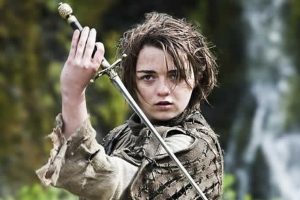 4. Heroic Transformation. During their journeys, heroes undergo significant
4. Heroic Transformation. During their journeys, heroes undergo significant 